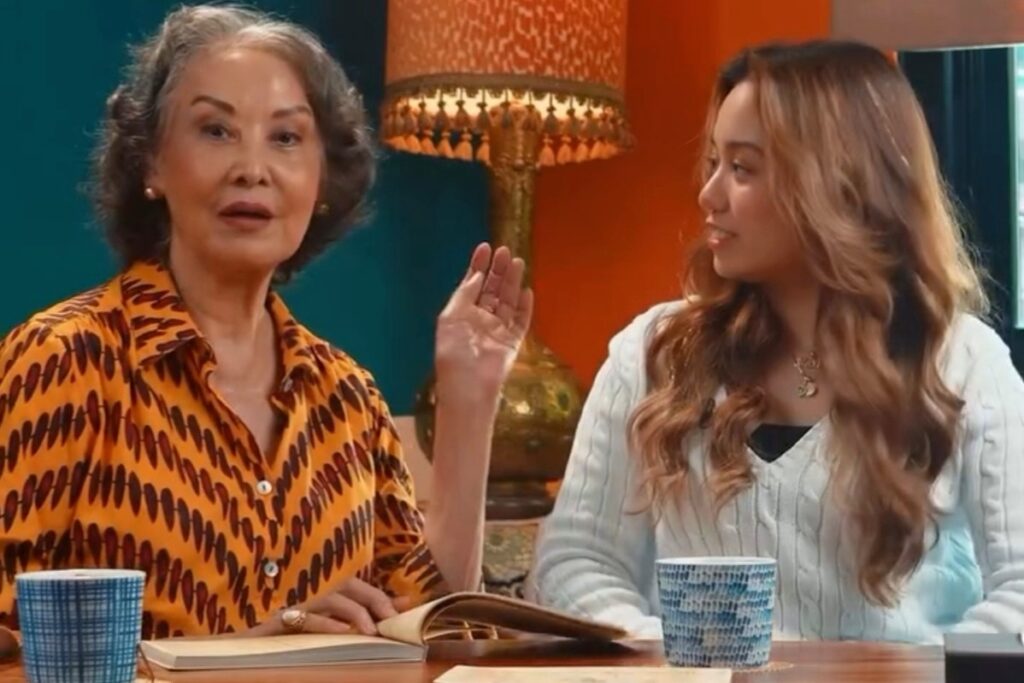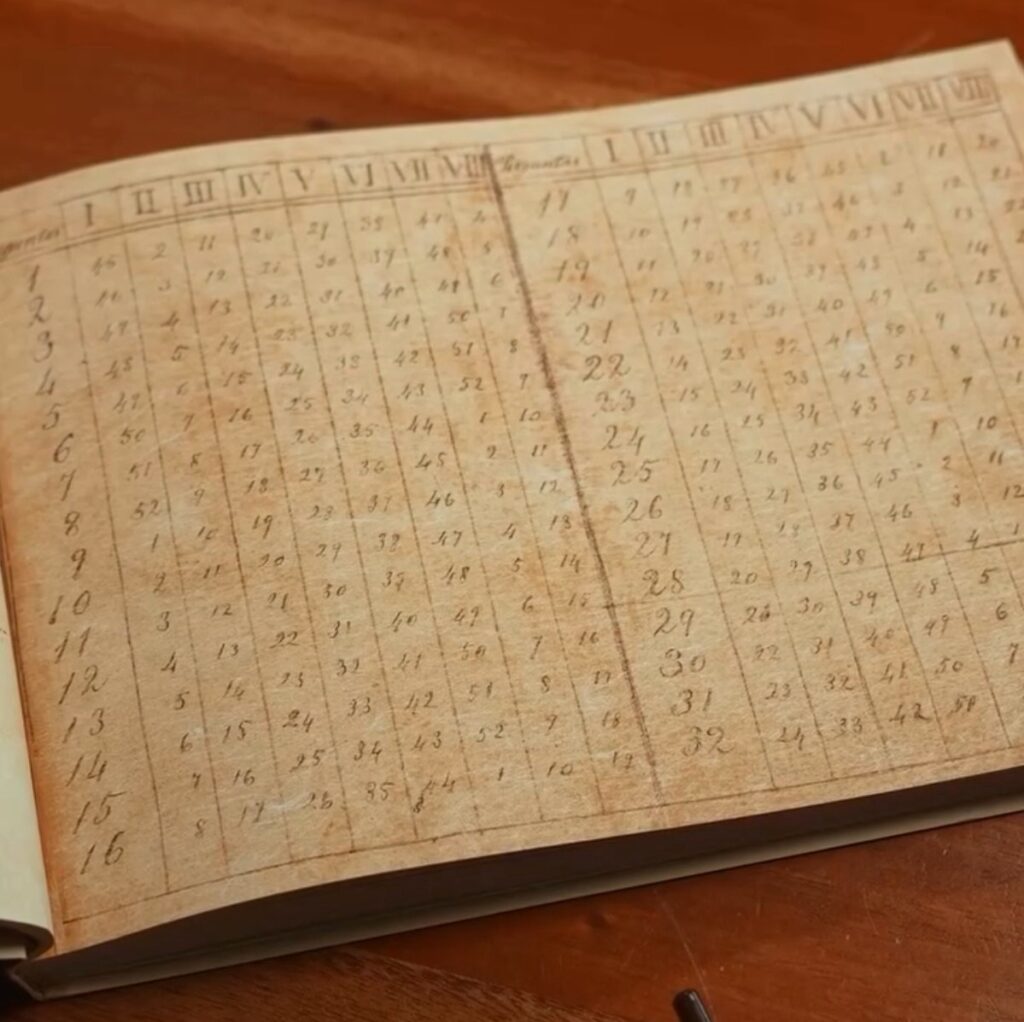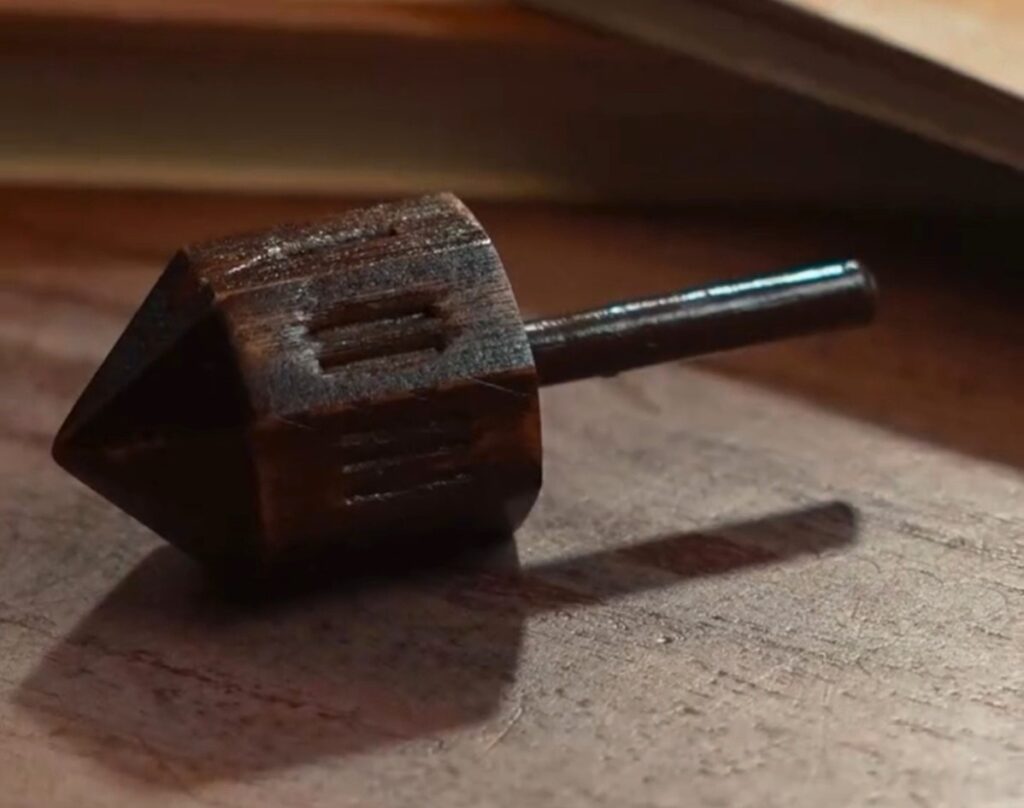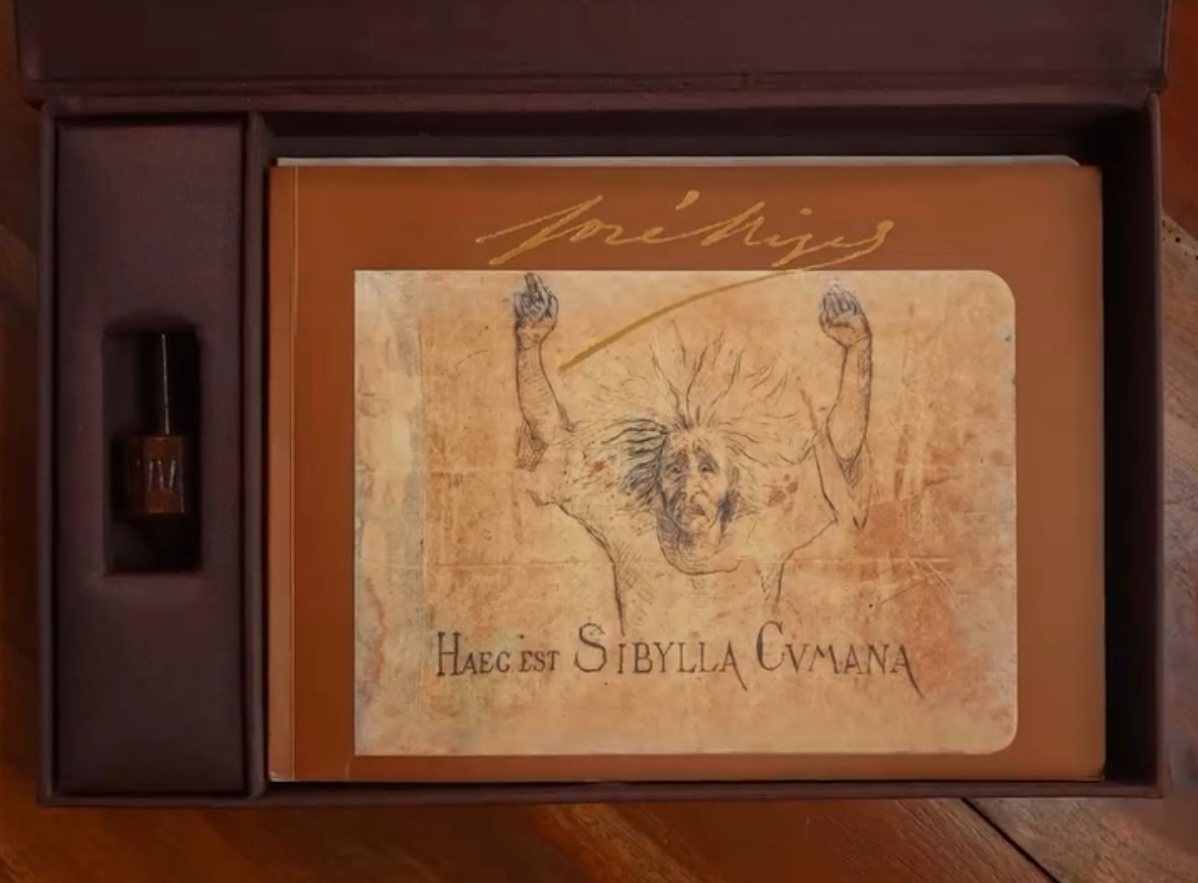The oracle returns: Descendants bring Jose Rizal’s fortune-telling game back to life

What began as a cherished keepsake in a family’s possession is now a revived cultural gem, brought back to the spotlight by two remarkable women.
Former tourism secretary Gemma Cruz-Araneta and her grandniece, Hannah Maxine Cruz—direct descendants of Dr. Jose Rizal’s sister Maria Mercado—have taken to social media to reintroduce Sibylla Cumana, a fortune-telling parlor game crafted by the national hero himself during his exile in Dapitan. With the flick of a camera and the spin of a wooden top, they’ve brought this 19th-century curiosity into the digital age.

“It’s a question and answer game. Very befitting an oracle. It is supposed to give you an idea of what your future will be, according to the questions,” Gemma says with a smile. “It came with a top because you’re supposed to spin the wooden top with Roman numerals on the sides and that will indicate where you can look the answer to your question.”
Maxine leans in, holding the top with care. “Rizal carved this himself,” she adds, a detail that gives the game an almost sacred quality.

The original book, fashioned from a Manila envelope bearing a return address from a gas and power company in New York City, hints at a story within a story—an artifact of resourcefulness, with Rizal’s handwriting pressed into its pages.
“So, we suspect that he was ordering or maybe inquiring about some kind of machine that he could’ve used in Dapitan,” Gemma says. “First, he used it to write the genealogy of the family. But when he decided to make this game, he probably thought that he should just used the envelope as the cover.”
Created between 1892 and 1896, Sibylla Cumana was more than a diversion; it was Rizal’s lighthearted reprieve from political exile. Players spin the numbered top to land on a combination that leads them to one of 52 questions—each with eight possible answers—covering the eternal trifecta of human curiosity: love, career, and fortune. The National Historical Commission of the Philippines suspects there may even be a hidden code embedded in the game’s structure, an unsolved mystery that lingers to this day.
Once a private family treasure, the game was only made public in 2011 through Cruz Publishing, in time for Rizal’s 150th birth anniversary. As Carmen Guerrero Nakpil noted in her publisher’s preface, Sibylla Cumana offers “a panorama of Filipino thought, customs, interests, and practices at the end of 19th-century Filipinas… irreverent, risqué, and downright funny, a revelation of Rizal’s unfailing sense of humor.”



0 Comment